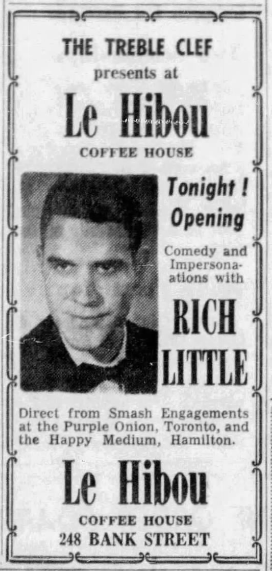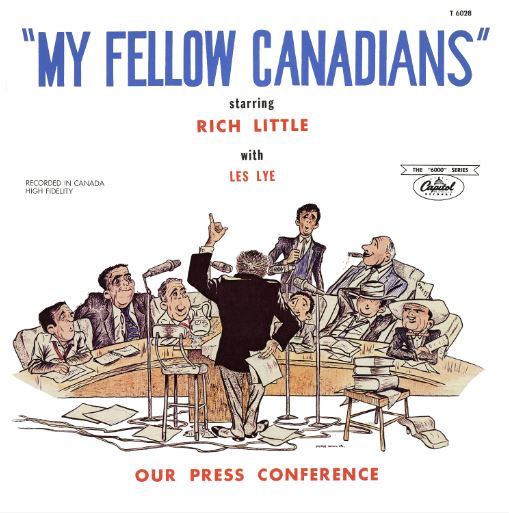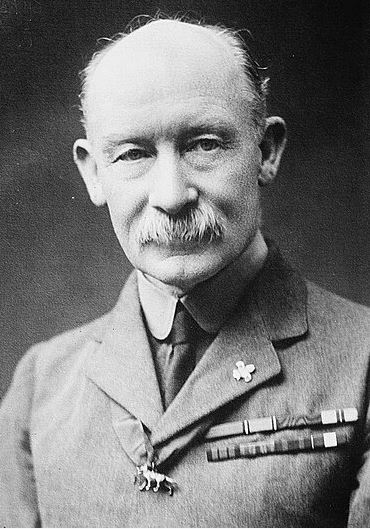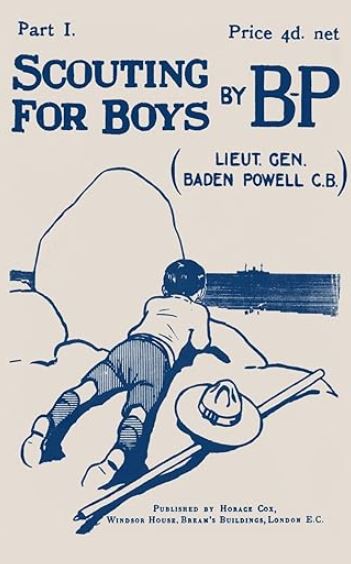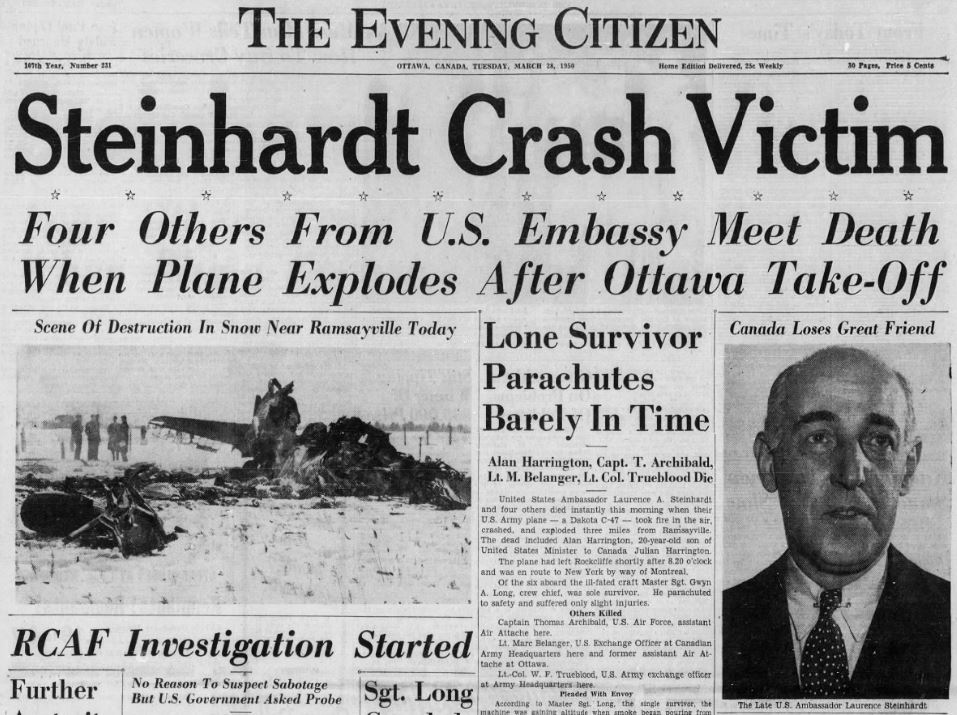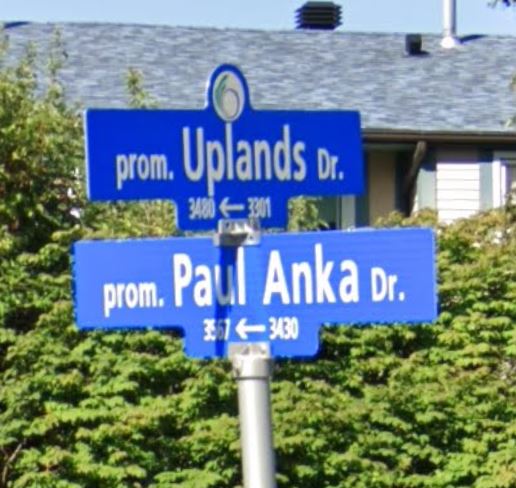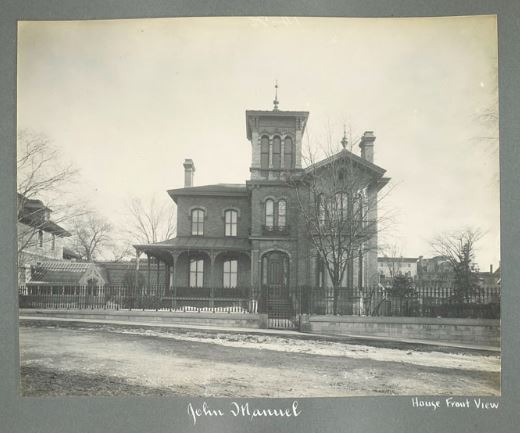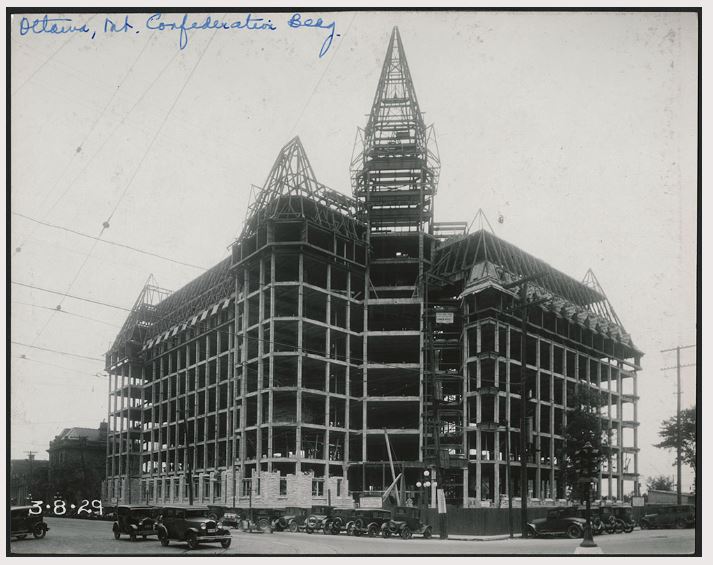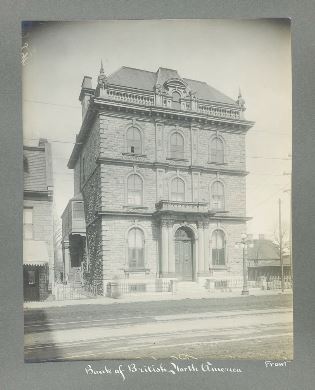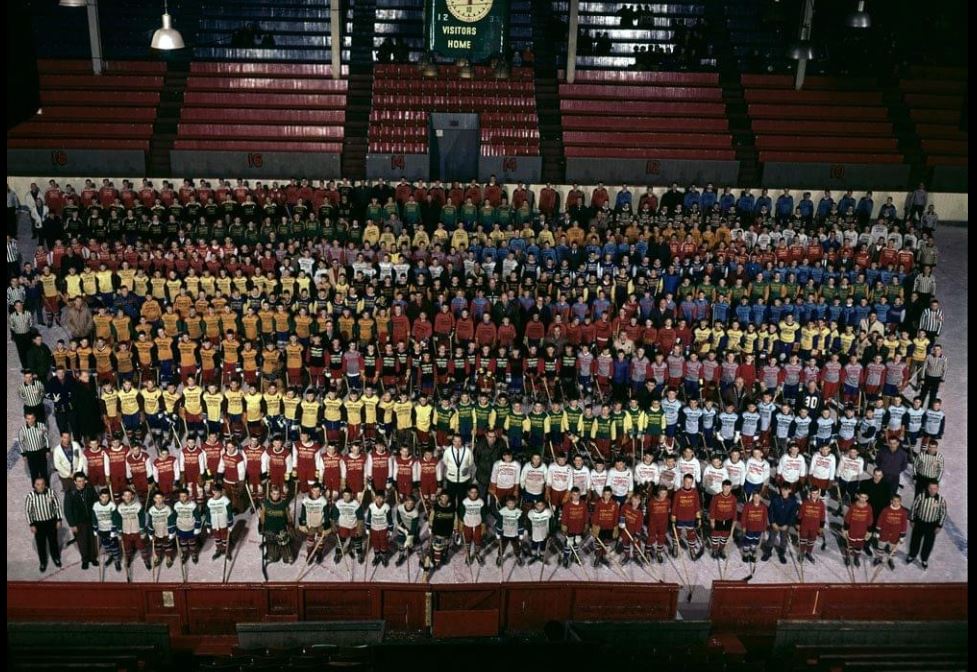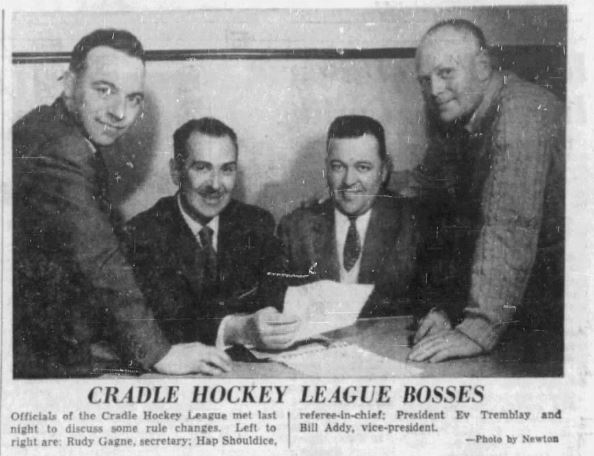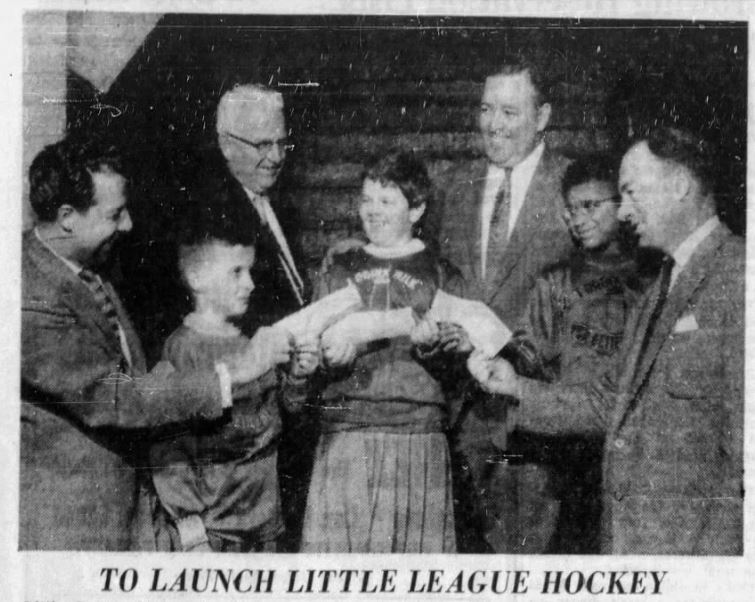2 November 1892
One of Canada’s greatest poets of the nineteenth century was Tekahionwake, also known as E. Pauline Johnson, with the “E” standing for Emily. Born on 10 March 1861 at “Chiefswood” on the Six Nations Indian Reserve near Brantford, Upper Canada (Ontario), her father was Chief George H.M. Johnson also known as Onwanonsyshon, who was an interpreter for the Anglican Church as well as Crown interpreter for the Six Nations (the Seneca, the Cayuga, the Onondaga, the Oneida, the Mohawk, and the Tuscarora). Her grandfather was John “Smoke” Johnson (Sakayengwaraton) who fought for the British along side Joseph Brant (Theyendanegea) during the War of 1812 and was a pine tree (elected) chief of the Iroquois. John and George Johnson and another Iroquois chief made Prince Arthur, the youngest son of Queen Victoria, an honorary chief of the Six Nations in 1869. Prince Arthur, better known as the Duke of Connaught, was Canada’s Governor General from 1911 to 1916.
Pauline Johnson’s mother, Emily Susanna Howells, was born in Bristol, England. She had emigrated with her parents to the United States as a child and met her future husband while visiting her sister in Brantford. Her mother, who was much interested in the literary arts, was a significant influence on young Pauline. The other major influence was her paternal grandfather, Chief John Smoke Johnson. Proficient in the Mohawk language, Pauline learnt at his knee the stories of his youth and the legends of the Six Nations that were to form the basis of many of her poems.
Pauline Johnson first came to literary prominence during the early 1880s when various US and Canadian literary magazines began to publish her poems. One such American magazine was Gems of Poetry which published her poem The Rift under her nom de plume, Margaret Rox. The poem speaks of grief, loss and hardship. It first verse reads:
Nature has wept today, her pent-up grief,
In tears still trembles on the lily bell,
Remorseless raindrops fleck its bending leaf,
And crystallize its yellow coronal.
But Pauline Johnson really broke into the public consciousness in the early 1890s, overcoming the daunting hurdles of being both a woman and part Indigenous. According to Ottawa author Charlotte Gray, who wrote a biography of Pauline Johnson, her breakout moment occurred in January 1892 when she performed at the Toronto Art School Gallery at the invitation of the Young Men’s Liberal Association. In front of a packed house of literary luminaries, she moved the audience with the reciting of A Cry of an Indian Wife which tells the story of a First Nation warrior going off to fight the Canadian militia in the North-West Rebellion, otherwise known today as the North-West Resistance. In the poem, Johnson writes:
They but forget we Indians owned the land
From ocean to ocean; they stand
Upon a soil that centuries agone
Was our sole kingdom and our right alone.
They never think how they would feel to-day,
If some great nation came from far away,
Wrestling their country from their hapless braves,
Giving what they gave us–but wars and graves.
Her poems touched a cord within the hearts of her audience. Never before had people heard someone, let alone a young mixed-race woman, speak so eloquently of the conflict, so fresh in people’s memories, from an Indigenous point of view. The Globe newspaper opined that “we are apt to feel our sorrows [for friends and relatives who died] tinged with a shade of remorse.” It added: “we wounded hearts as sensitive as our own, and brought sorrow to many a family circle held together by ties as strong and true in their domestic affections that dwell in our happiest homes.”
From that point on, the beautiful and exotic Pauline Johnson was a star. A great performer, she became an eloquent advocate for First Nations. She went on repeated tours throughout Canada, United States and England giving recitals. For parts of her performances, she dressed in native-style attire of her own fashioning, complete with doeskin tunic, fringes, beads, silver brooches, wampum belts and even the scalp of a Huron enemy warrior. (This costume has been preserved at the Museum of Vancouver.) Around her neck was a necklace of bear claws.
This was not traditional Mohawk dress by any stretch, but one designed specifically to impress and allure a white audience. The bear claw necklace was reportedly the gift of Horace Martin of Montreal, at the time the well-known author of Castorologica, a book on the Canadian beaver. Charlotte Gray described Johnson’s garb as an “entirely synthetic creation” that was inspired by the then-popular Buffalo Bill Wild West Show. For other parts of her performances, she dressed in the usual clothes of a late Victorian woman.
Pauline Johnson’s first performance in Ottawa took place on 2 November 1892 at St. John’s Hall with the patronage of Lord Stanley, the Governor General, and Lady Stanley. The hall was crowded to hear “the Indian maiden.” The vice-regal couple sat in comfortable easy chairs placed on bearskin rugs. For the first part of her performance, Johnson was attired in an evening dress made of cream Henrietta cloth (twilled fabric with a silk warp) with an orange girdle and a white, fluffy boa. She recited A Red Girl’s Reasoning, a newly published short story of a mixed-race daughter of a Hudson’s Bay agent marrying a white man. The young man is aghast when he finds out that his bride’s parents were married by Indian rites instead of by a clergyman. His wife defends Indigenous traditions saying: “Priest? Law? My people have no priest and my nation cringes not to law, our priest is purity and our law is honour.”
Later, wearing her deerskin costume, her shoulders wrapped in a red Hudson’s Bay blanket, she recounted A Cry of an Indian Wife. She also recited the tale of an Indigenous girl who got lost in a storm hunting for her white lover.
Changing into boating gear, Johnson read her famous poem The Song My Paddle Sings.
I stow the sail, unship the mast:
I wooed you long but my wooing’s past;
My paddle will lull you into rest.
O! drowsy wind of the drowsy west,
Sleep, sleep,
By your mountain steep,
Or down where the prairie grasses sweep!
Now fold in slumber your laggard wings,
For soft is the song my paddle sings.
But for the audience that night, the pièce de résistance was her retelling her poem A Red Man Dies, the poignant story of a Iroquois warrior captured by the Hurons and given a choice of either sitting with the old women or walking to his death on a bed of fiery coals. The Iroquois warrior chooses death.
“Wilt thou walk o’er the bed of fire that waits thee now–
Walk with uncovered feet upon the coals,
Until thou reach the ghostly Land of Souls,
And, with thy Mohawk death-song please our ear?
Or wilt thou with the women rest thee here?”
His eyes flash like an eagle’s, and his hands
Clench at the insult. Like a god he stands.
“Prepare the fire!” he scornfully demands.
Johnson’s performance was met with wild applause. The vice-regal party, also rivetted by what they heard, unusually stayed for the entire event.
Tekahionwake retuned many times to the Ottawa area over the next twenty years, playing at the Opera House or in crowded church halls. In 1895, she published her first book of poetry, The White Wampum, a slim volume of only 36 poems. Two more volumes were to follow; Canadian Born in 1903 and Flint and Feathers in 1912. She also published in 1911 Legends of Vancouver; a collection of stories told to her by a Squamish chief. Two other collections of short stores were published posthumously, The Moccasin Maker and Shagganappi.
Her work was well received, especially the stories and legends related to Indigenous life. She became the voice of native peoples, something unique at the time. However, in her obituary, the Ottawa Journal thought that in an attempt to become the voice of Canada in her second volume, Canadian Born, she had lost her way, essentially selling out. She had become, “a negation of her own race drowning in the white element.” The newspaper opined that she should have stayed on the reserve writing poems about native life rather than touring and attempting to become cosmopolitan.
This was a harsh assessment. Performing was the way she made her living. Moreover, Pauline Johnson straddled two realities, both Indigenous and settler, and was trying to bridge the gap. Indeed, according to Charlotte Gray, she was trying to weld them together to form a stronger Canadian society—a quixotic goal given the growing suppression of Indigenous rites and ceremonies and cultural assimilation through the residential school system by the Canadian government. Still, Canadian Born was an expression of her pride in both her Anglo-Canadian and Indigenous roots. The first verse read:
We first saw light in Canada, the land beloved of God,
We are the pulse of Canada, its marrow and its blood
And we the men of Canada can face the world and brag
That they were born in Canada beneath the British flag.
The last verse of the poem also displayed an anti-American sentiment that rejected the significant annexationist element that existed within late nineteenth century Canadian society. It still resonates today in the Canadian psyche. It might also have reflected the fact that Indigenous peoples were being being treated far worst in the United States than in Canada. South of the border, First Nations peoples were widely considered as vermin, and treated as such.
The Dutch may have their Holland, the Spaniard have his Spain,
The Yankee to the south of us must south of us remain;
For not a man dare lift a hand against the men who brag
That they were born in Canada beneath the British flag.
Pauline Johnson, Tekahionwake, died in Vancouver on 7 March 1913 of breast cancer. She was only 52 years of age. A week before she died, the Duke of Connaught, who was touring the west coast, came to pay his respects. Her ashes were buried in Stanley Park in Vancouver.
Over the following century and more, Johnson’s popularity has waxed and waned in popularity. For some, she relied on romantic tropes, such as “the Indian princess,” to sell her recitals to settler audiences. For these critics, she was as fake as the contrived costume in which she performed. They downplay her contribution to Canadian literature relative to the likes of Canada’s Confederation poets—Charles Roberts, Bliss Carmen, Archibald Lampman and Duncan Campbell Scott. Reportedly, Robertson Davies and Mordecai Richler called her work “schlock.” However, Johnson overcame rampant prejudice to demonstrate to a largely ignorant settler audience the richness and depth of Indigenous legends and life, and gave voice to Indigenous grievances that remain unresolved to this very day.
E. Pauline Johnson was short-listed to appear on Canada’s ten-dollar bill, losing out in 2018 to Viola Desmond, the black woman who challenged racial segregation in Nova Scotia in 1946.
Note: A short essay like this can hardly do justice to the life of such an extraordinary and complex person. To learn more about Pauline Johnson, I would encourage you to read Charlotte Gray’s excellent biography of this remarkable Canadian whose work still has relevance and meaning today.
Sources:
Brantford Daily Expositor, 1884. “The Rift by Margaret Rox,” 31 October.
Buffalo Courier Express, 1898. “Poet of the Mohawks,” 27 March.
Daily Herald, 1913. “Notes of the Day,” 1 April.
Daily Mirror, 1906. “From Wigwam To Concert Platform,” 4 July.
Derby Daily Telegraph, 1894. “Our London Letter,” 26 May.
Gazette, 1887. “Ephemerides,” 5 February.
Globe, 1892. “Impressions,” 18 January.
——–, 1892. “Music And The Drama,” 19 February.
——-, 1892. “Music And The Drama,” 12 March.
Gray, Charlotte. 2002. Flint & Feather, Harper Flamingo Canada, Toronto.
Mercury & Daily Post, 1895. “The White Wampum,” 27 July.
Ottawa Citizen, 1892. “The Next Attraction,” 28 February.
——————, 1893. “A Social Event,” 15 February.
——————, 1893. “A Successful Recital,” 22 February.
——————, 1913. “Indian Poetess’ Funeral,”11 March.
——————, 2000. “Rediscovering Pauline,” 29 July.
Ottawa Journal, 1892. “She Will Wear The Garb of an Indian Chief’s Daughter,” 18 October.
——————-, 1892. “Her Costumes,” 31 October.
——————-, 1892. “The Indian Maiden At St. John’s Hall, 3 November.
——————-, 1894. “An Indian Princess,” 9 March.
——————-, 1895. “Entre Nous,” 18 May.
——————-, 1900. “Small City Items,” 16 January.
——————-, 1913. “A Brave Death,” 12 March.
——————-, 1913. “Work Of An Indian Princess,” 21 June.
Toronto Star, 1900. “Canadian Born,” 21 April.
Western Times, 1913. “Princes of Iroquois And Poetess,” 4 April.
Wymore Reporter, 1898. “Young Indian Poetess,” 30 April.




